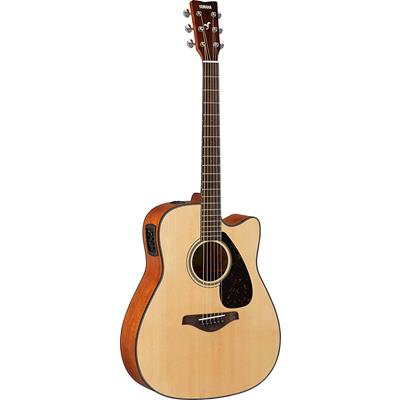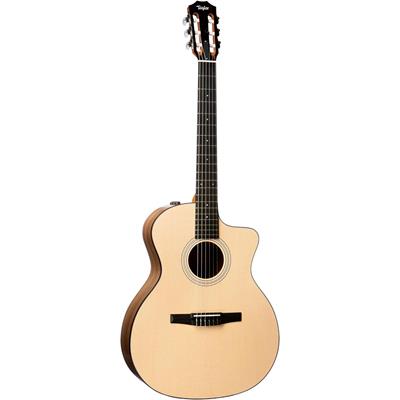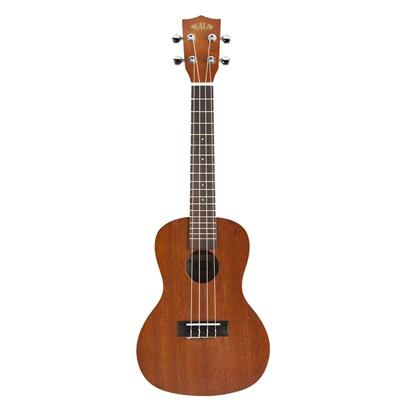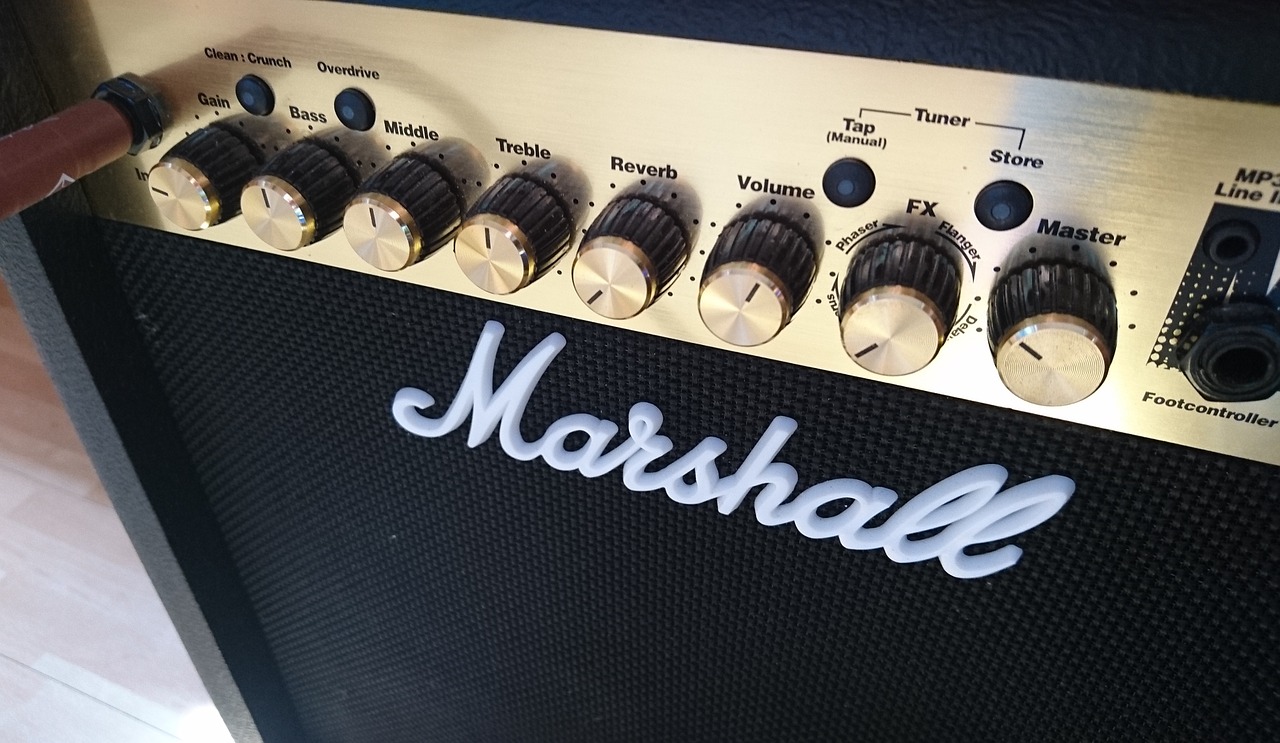| Build Quality: |  |
| Hardware: |  |
| Electronics: |  |
| Sound: |  |
| Value: |  |
| Average: |  |
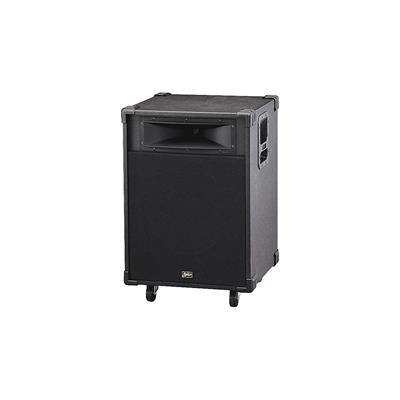
Pros:
- Outstanding bass response and trebles
- Has unique character due to the non-rotary speaker system
- Works well with numerous sonic devices
- Amazing sound quality and spectrum
Cons:
- A bit pricey
If you have played an electric guitar before or have encountered guitar amplifiers at some point in your life, you might know that the requirements towards such gear is endless. Depending on what preferences of different musicians are, they might want to have multiple effects, great power, effects loop, clean and distorted sounds and etc. I can list down those requirements interminably. But when it comes to keyboard amplifiers, we only need two things: pristine clarity and the ability to create full-bodied basses and trebles. And that’s it. The rest holds a secondary position.
It is always nice to have versatile sonic options available on hand, however, nothing can be compared to the pristine clean tones quality amplifiers can deliver. Speaking of which, the one that we are going to discuss today is Leslie 2121. It is not a typical keyboard combo, but rather it features new attitudes towards sound production and the speaker construction in general. Are you ready? Then let’s get started!
Features
The first instrument that comes to mind when speaking about the Leslie speakers is, of course, Hammond organ. They are designed to suit the specifics of organs perfectly and accommodate all the perky small details these instruments possess. Leslie 2121 is initially built for organs as well, however, you can easily plug in your keyboards, synth or a microphone. It belongs to the small group of Leslie speakers, that does not have any rotary parts. It is a stationary unit that does not rely on digital animation or movement.
But rather, it is the constituent of the Leslie 21 system and is equipped with a single 15” woofer and a Horn Tweeter. The former can output 150 watts, while the latter can deliver 50 watts. This way your basses and trebles will be reproduced perfectly. It also has a dedicated switch that allows you to enhance the high-end response and make it more defined. What is more, Leslie 2121 has three channels with separate inputs that allow you to connect various instruments or audio devices simultaneously.
It can also be paired with Leslie rotary or stationary units and powered remotely (only when utilized with 2101/2102/2103). Since you can hugely increase the versatility of this amplifier with connections, let’s discuss the jacks and sockets it comes with. The first channel has an Insert jack for signal processor and Input 1 socket which accepts XLR and ¼” connections, the second and third channels have single inputs that work with ¼” connections only. As I have already mentioned, the Remote jack can be utilized to power 2121 on from an external unit. It also has a Line Out socket that connects the device to another amplifier.
Controls
Leslie 2121 has everything in one place when it comes to the controls. They are mounted on the back of the amplifier, sorted into several sections with all the necessary inputs right there as well. All the knobs perform basic functions and do not offer anything extraordinary. However, they do provide you with a great deal of accuracy. Let’s get a bit meticulous and find out together, what they can change in your tone.
We should begin with the Gain switch that tailors the amplifier to the impedance of your signal. If you are connecting the microphone, you should set this switch to the MIC position, but if you want to plug in the keyboards or synthesizers, you should change it to Line. Right below, there is a Phantom switch, that must be utilized when connecting external sources through XLR plug of the Input 1.
It will supply it with 24-volt phantom power. All three channels have separate Volume controls that modify the level of their signals. Next, we have Tone Controls, a.k.a. Treble and Bass. They change the amount of high and low frequencies, respectively. There is also a Master Volume knob, which sets the output level of the unit as a whole. And finally, Leslie 2121 has a TW. Level control provides you with the ability to fine-tune the high-end and improve the treble response even further.
Leslie 2121 Sound
If you are the person who likes to follow the ways in which things have to be done, then you would have to create the whole system out of this amplifier. In that case, you would have to pair it with Leslie rotary units (2101, 2102 or 2103), and a Hammond organ of your preferences. But if you are not keen on that rig, you can always use Leslie 2121 on its own and still create spectacular compositions. The whole thing behind it being a stationary unit is that its sound is very different from rotary horns. The latter creates a dimensional, multi-layered sound that cannot be substituted with digital modeling.
The former, on the other hand, focuses more on reflecting the bass frequencies and producing well-defined, rich and full lows. Even though it has just the right amount of trebles, its bottom-end cannot be compared to anything else. The overall sound quality is just as good as you would expect from the brand, with a pristine clean and prominent tone. In short, Leslie 2121 will rock your keyboards, synths, mics and anything you will plug into it. And it even sounds great with guitars. If you are up for the challenge, I would suggest trying the latter out.
Conclusion
When we are talking about pricey apparatus, we have to be extremely strict, since they are required to deliver excellent performance. Due to the quality of their components and the way they are built, we assume that they must have a fantastic sound, am I right? More often than not, such units do not disappoint and make your money’s worth. Leslie 2121 is just like that: as you play your first notes through it, you immediately drown into its character and forget everything else. My dear friend, if you are looking for a reliable and long-lasting amplifier that will deliver outstanding sonic quality no matter what, this is the way to go. Good luck!

